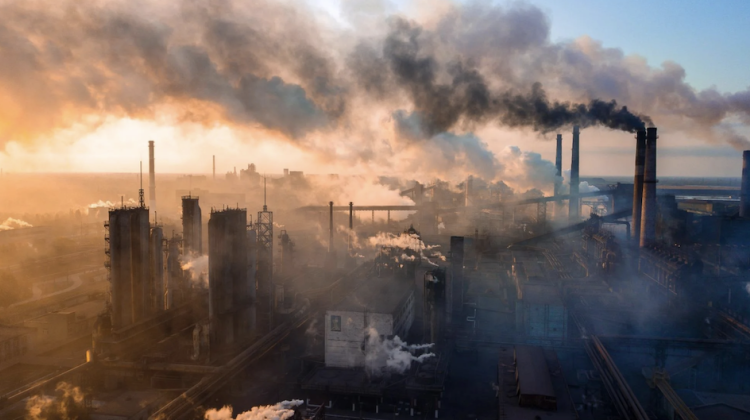Understanding Avoidance and Adaptation Behaviors

In the age of the anthropocene, air pollution from human industry or climate crisis fueled wildfires is increasingly becoming a regular challenge, even if the points of origin of the pollution are geographically distant.1 Policy strategies for adaptation to the intensifying pollution exposure risk often rely heavily on individual protection measures, such as limiting time outdoors or personal protective equipment. These systems are facilitated through increased access to timely data and alerts of environmental hazards. Although adaptation could effectively reduce pollution exposure, to what extent adaptation behaviors degrade urban quality of life as people limit their engagement in daily health and leisure activities remain understudied.
“Governments worldwide heavily rely on information and alert systems to nudge people to curtail outdoor exercise and activity in an effort to limit pollution or heat exposure. They view it as a low-cost policy to reduce negative health impacts.” says DUSP doctoral candidate Yichun Fan. “ However, these private adaptation behaviors are not without costs. Physical inactivity is already a global health crisis, directly linked to obesity, diabetes, and cognitive impairments. If climate change makes extreme air pollution and heat waves more common, and the public becomes increasingly aware of exposure risks, we can expect the health costs associated with adaptation behaviors to persistently escalate. This tradeoff between public health goals of limiting environmental risk exposure and encouraging active lifestyle needs broader attention in policy decision-making. ”
In a paper published in the Journal of Environmental Economics and Management, Fan explores how to better account for the social costs of air pollution adaptation and how policymakers might incorporate this analysis into the cost-benefit comparisons between mitigation policies that directly reduce emissions and adaptation policies that encourage private adaptations.
Fan is a researcher at MIT Center for Real Estate and Sustainable Urbanization Lab (SUL). Her research focuses on urban adaptation to environmental and health risk. Her recent projects study individual and collective behaviors in response to climate risks, and the integration of behavioral insights in policy and infrastructure decisions to bolster urban climate resilience.
1. Gaffney, Austyn. “Western Wildfire Smoke Reaches the East Coast.” The New York Times. 25 July 2024. https://www.nytimes.com/2024/07/25/climate/wildfire-smoke-climate.html


